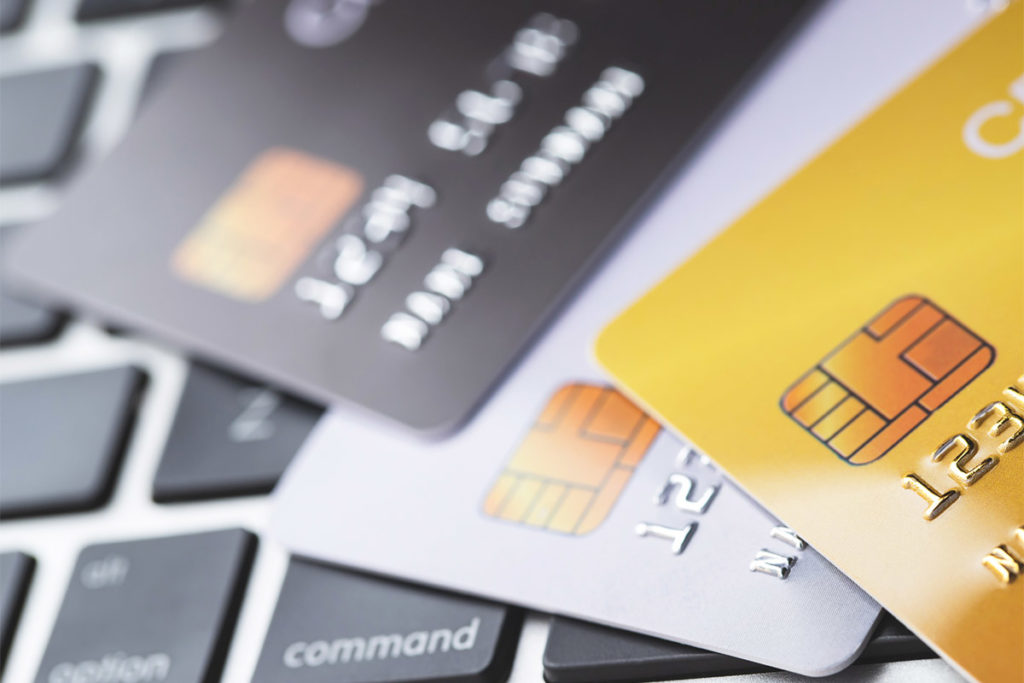Whether in a shop or on the Internet, easy payments in several instalments and without interest are often offered. A convenience for the customer or an incentive to consume more?
Paying in three or four instalments has become a true consumer phenomenon, regardless of the type of store: cultural or household appliance shops, department stores, and websites. Payments for a smartphone or a luxury bag, a washing machine, or a sofa can be staggered. Is it easy for the customer in the event of a setback or an incentive to over-consume?
It is not a consumer credit
Split payments are not consumer credit, they are a convenient method of payment. It allows the payment to be spread out, but its repayment must not exceed 90 days.
How does it work? When paying for a purchase with your bank card, you are asked to pay in instalments. It only takes a few seconds to obtain approval (often conditional on obtaining or possessing the store’s payment card or loyalty programme): once the bank card details have been entered (unique number, validity date, cryptogram), a response is obtained in a few seconds, as the granting process is automated. For payment in four instalments, the first instalment is debited on the day of purchase, followed by subsequent payments after thirty, sixty, and ninety days.
This payment in instalments is generally pain-free, as there is no cost to the consumer, unlike consumer credit, which is based on a contractual relationship. It, therefore, offers more ease and flexibility to the purchasing process for the consumer than consumer credit.
A selling point for retailers
This service has become a true marketing argument put forward by e-commerce sites and retailers. Because this incentive system significantly increases the purchase conversion rate. Fashion industry e-commerce sites see over 60% increases in average shopping carts when they offer it. For 1 in 4 consumers, the payment service has even become a purchasing decision factor. Thus, for e-commerce retailers as well as for physical stores, it is an incomparable tool for persuasion but also for building loyalty. However, although payment in instalments is generally free for the consumer, it is a paid service, but the fees – ranging from 1% to 3.8% of the amount paid – are billed to the merchant. The benefits to the client are such that they usually choose not to pass on these costs to the client.
To offer split payments, merchants use two types of providers: traditional credit organisations (Oney, Cofidis, Floa Bank) or specialised technology companies (Alma or Pledg…).
Ease of payment or incentive to over-consume?

Immediate access to goods, even if you don’t have the full amount in your account, quickly and easily: this is the main advantage of paying in instalments. In principle, instalments make it possible to smooth out expenses over several months and to maintain a balanced budget.
Moreover, according to a Kantar study in 2021, 37% of French people have already used payment in several instalments, and this figure is increasing.
A convenience for large expenses
According to a survey conducted by the Cetelem Observatory in March 2022, 55% of the French people surveyed think that this payment system is a one-off solution in the event of financial problems, particularly in the event of unforeseen events. Purchases over 500 euros are frequently paid for as follows: 46% of French people choose it for household appliances according to a study by Harris Interactive, 37% favour it for unexpected expenses and 36% for tech products, 23% for travel or sports equipment.
But, which leads to buying more expensive products and more in general
The concern: Not only will a hesitant consumer be more easily tempted to validate their basket if they can spread out the payment, but when hesitating between two models, they will also be more tempted to buy the more expensive one, as their budget is less constrained. According to the Cetelem survey, 61% of the French people surveyed also think that this method of payment can encourage the purchase of more expensive products.
Being able to pay in instalments makes it easier to spend large sums, or even buy things you don’t necessarily need.
According to a survey by FLOA – Kantar, on the evolution of payment methods in Europe, published in February 2022, if more than 50% of French people who use these payment methods do so to balance their budget, 28% say they use this system to treat themselves! According to the same survey, 69% of French consumers surveyed consider paying in instalments for purchases under €500 as well. Moreover, these organisations note that there is no typical user profile: some are high-income earners who prefer to spread out their payments when they treat themselves, while others are consumers with a small budget who want to better control their spending.
Towards greater control?
This payment method, which is so popular, needs to be more closely monitored in certain cases.
Too easily provided
As we have seen, obtaining split payments is facilitated by the distributors. Market operators claim acceptance rates of over 90%.
The only cases of refusal are:
- Due to the nature of the bank card: cards with automatic authorisation, such as Electron and Maestro, prepaid cards, virtual cards, etc., do not allow for easy payment
- If the bank card reaches its expiry date before the last monthly payment
- Suspicion of prior fraud
- Not sufficiently supervised
Split payments are not subject to the constraints of consumer credit regulations, particularly in terms of consumer protection (pre-contractual information, presentation of the APR, right of withdrawal, right to early repayment, creditworthiness checks, etc.). This allows lenders to streamline the distribution process of their products.
Over-indebtedness factor

Easily obtained and without verification of payment capacities or other current loans, payments in instalments can exacerbate the financial difficulties of vulnerable households if they are used too systematically or added to other loans.
This is why public authorities are considering putting in place safeguards. Possible avenues of action include: better information for the borrower before signing the agreement, stricter control of one’s capacity to repay, and limitations on use for certain goods and/or above certain amounts.







